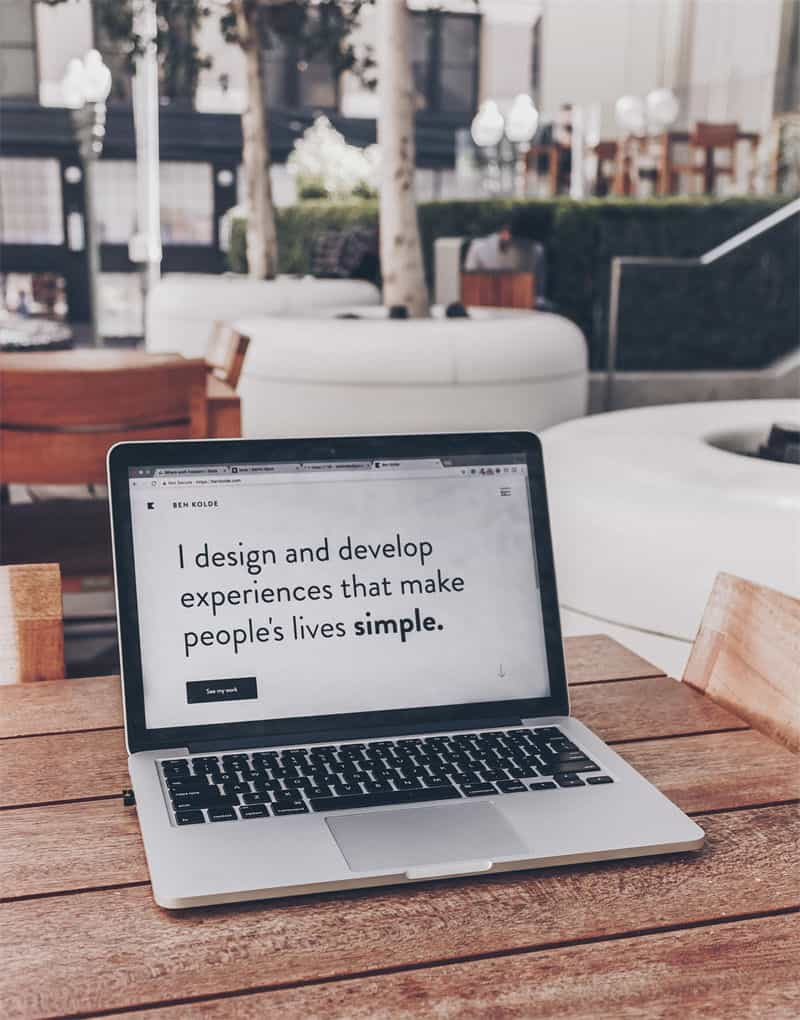The success of a website in the modern digital era depends on its capacity to offer a seamless and satisfying user experience. User-centric web design is now essential to producing websites that draw in visitors and keep them interested. In order to achieve user-centric web design, which can increase user satisfaction and conversion rates, this article examines the fundamental ideas and advice.
Understanding User-Centric Web Design
What Is User-Centric Web Design
Users’ requirements, preferences, and online behavior are given priority in user-centric web design, often known as UX (User Experience) design. It emphasizes on developing a user-friendly, open, and aesthetically beautiful online environment so that users can navigate, find information, and achieve their objectives with ease.
The Key Elements of User-Centric Web Design
1. Responsive Design
A key component of user-centric web design is responsive design. To guarantee a consistent user experience across all users’ devices and screen sizes, websites must smoothly adjust to each one. Mobile optimization is becoming a requirement rather than a choice.

2. Intuitive Navigation
The navigation on a user-friendly website should be simple and intuitive. Visitors ought to be able to easily and swiftly find what they’re looking for. It’s crucial to have logical page architectures, well-organized menus, and obvious calls to action.
3. Visual Appeal
User engagement is greatly impacted by a website’s visual appeal. To create a visually appealing experience, use eye-catching color schemes, excellent graphics, and a simple layout.
4. Fast Loading Speed
In today’s fast-paced world, users expect websites to load quickly. Slow-loading pages can lead to high bounce rates. Optimize images and code to ensure speedy loading times.
Creating User-Centric Content
5. High-Quality Content
Content is king in the digital realm. Ensure that your website offers informative, relevant, and engaging content. This not only keeps users on your site but also helps with SEO rankings.
6. Readability
Use legible fonts, appropriate font sizes, and sufficient spacing to enhance readability. Break up content with headings and subheadings to make it easy for users to scan and digest information.
7. Multimedia Integration
Incorporate multimedia elements like videos, infographics, and interactive tools to make your content more engaging and informative.
User Feedback and Testing
8. A/B Testing
Regularly conduct A/B testing to assess different design elements and features. This data-driven approach allows you to make informed decisions about what works best for your audience.
9. User Surveys
Collect feedback from users through surveys and questionnaires. Understanding their preferences and pain points can lead to valuable design improvements.
Ensuring Accessibility
10. Accessibility
Make sure people with disabilities can access your website. Ensure screen reader compatibility and offer alternative text for photos. This expands your audience and exemplifies social responsibility.
Mobile Optimization
11. Mobile-First Approach
Consider mobile users when designing. Today, web design must take into account mobile optimization as a top priority. Focus on performance and responsiveness on mobile devices.
Conclusion
Your website’s user experience can be considerably improved by applying user-centric design concepts, which can also help your business succeed. Keep in mind that web design is a constant process, therefore it’s important to regularly collect user input and adjust to emerging trends and technology.
